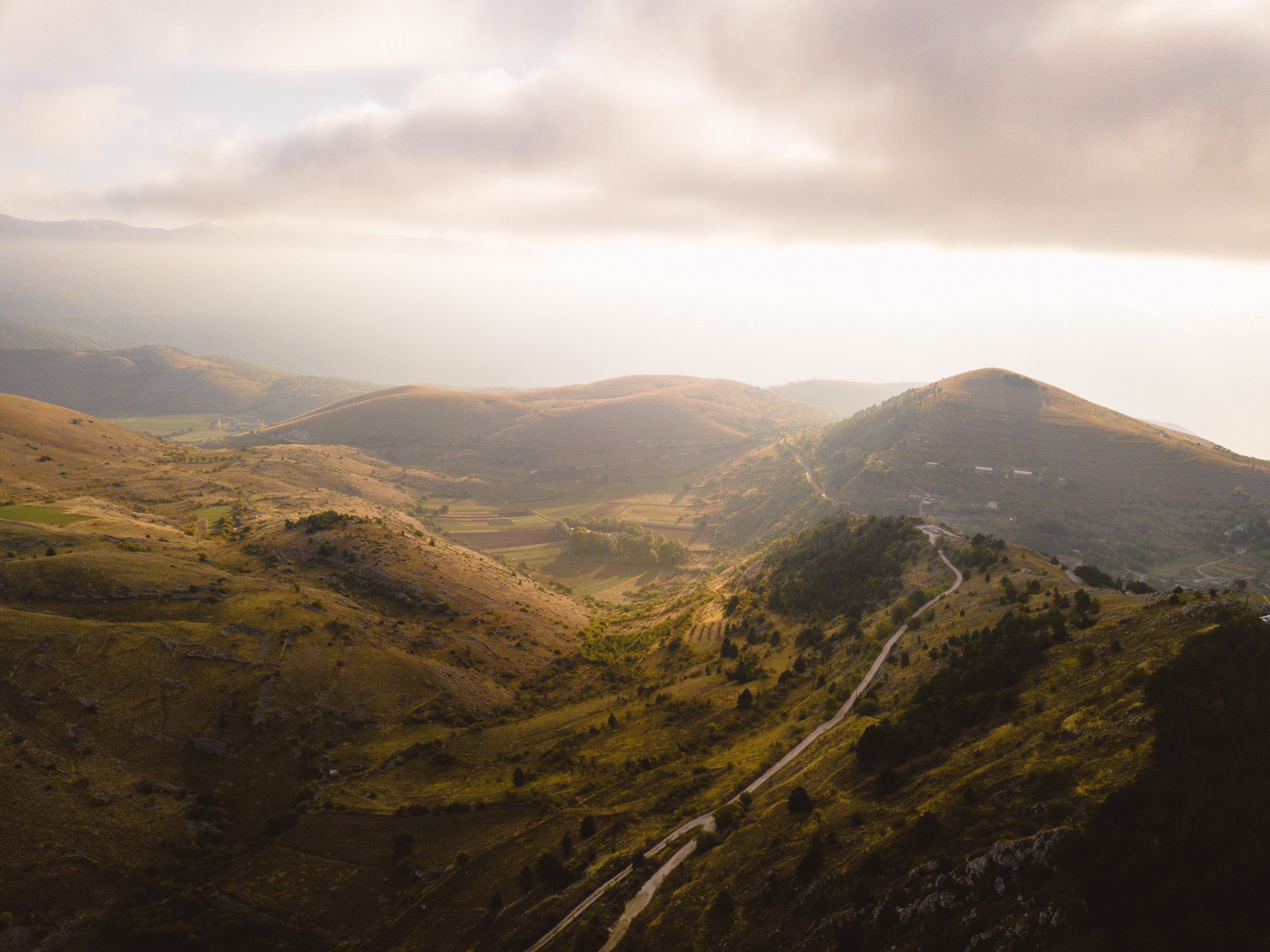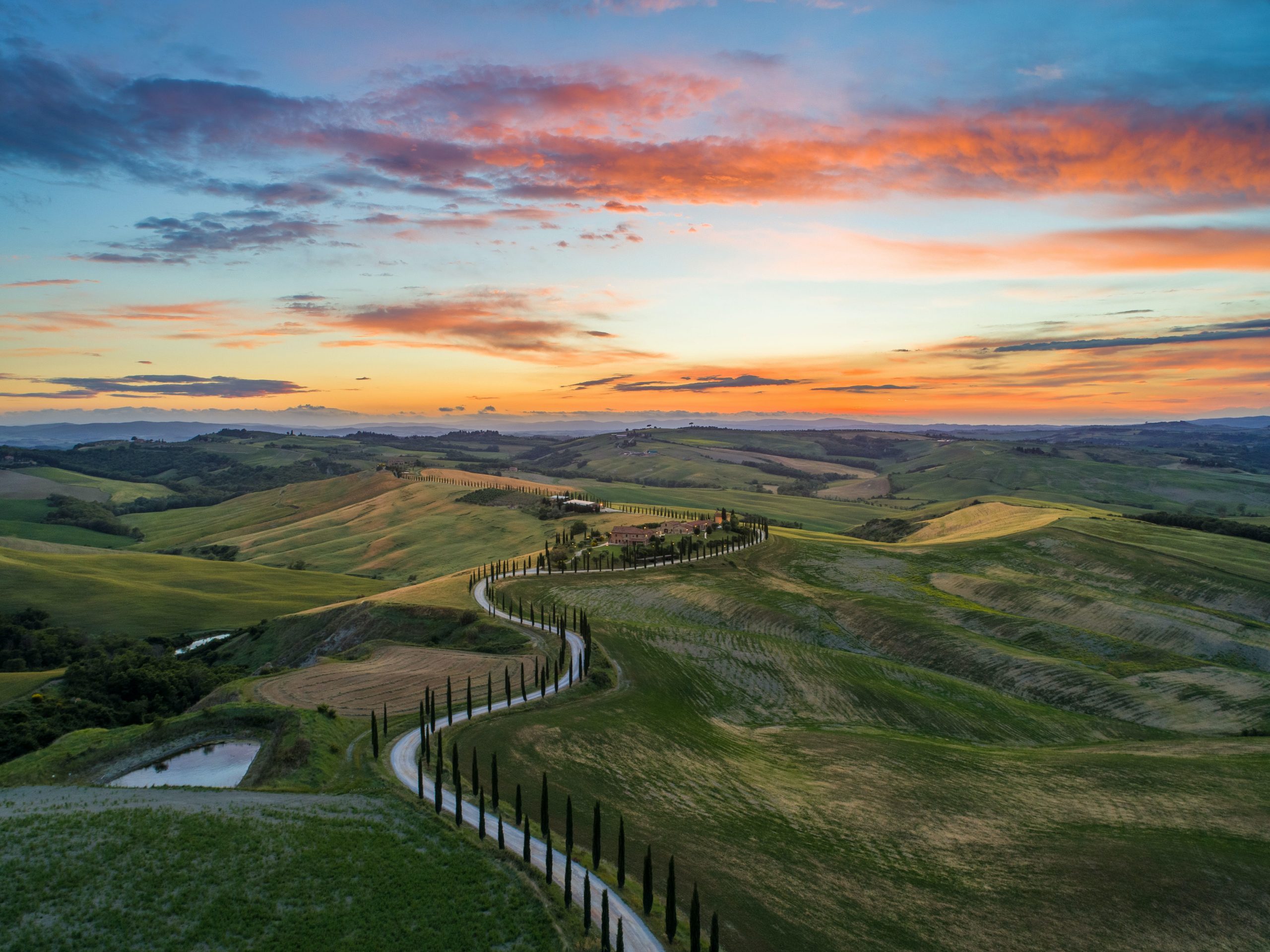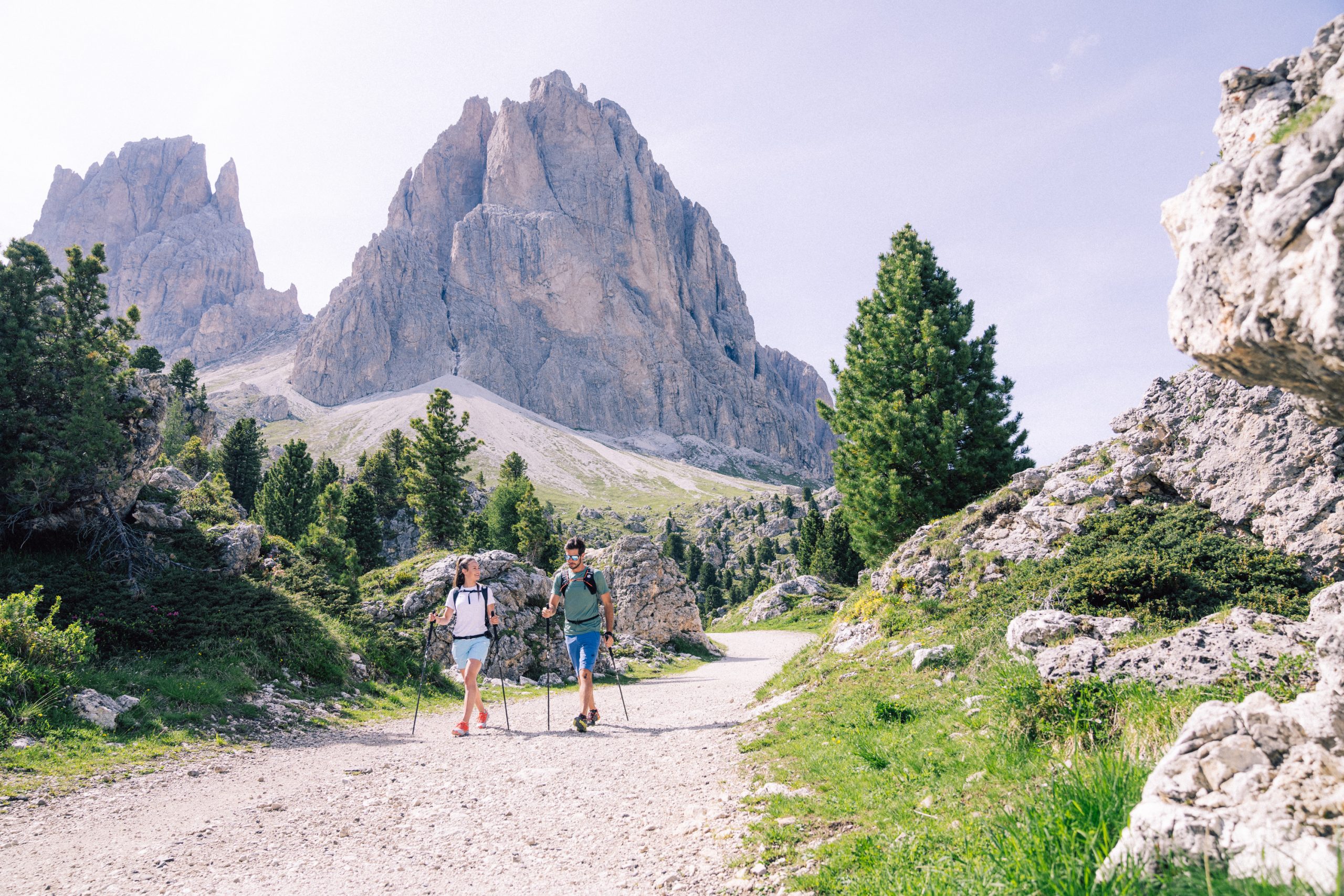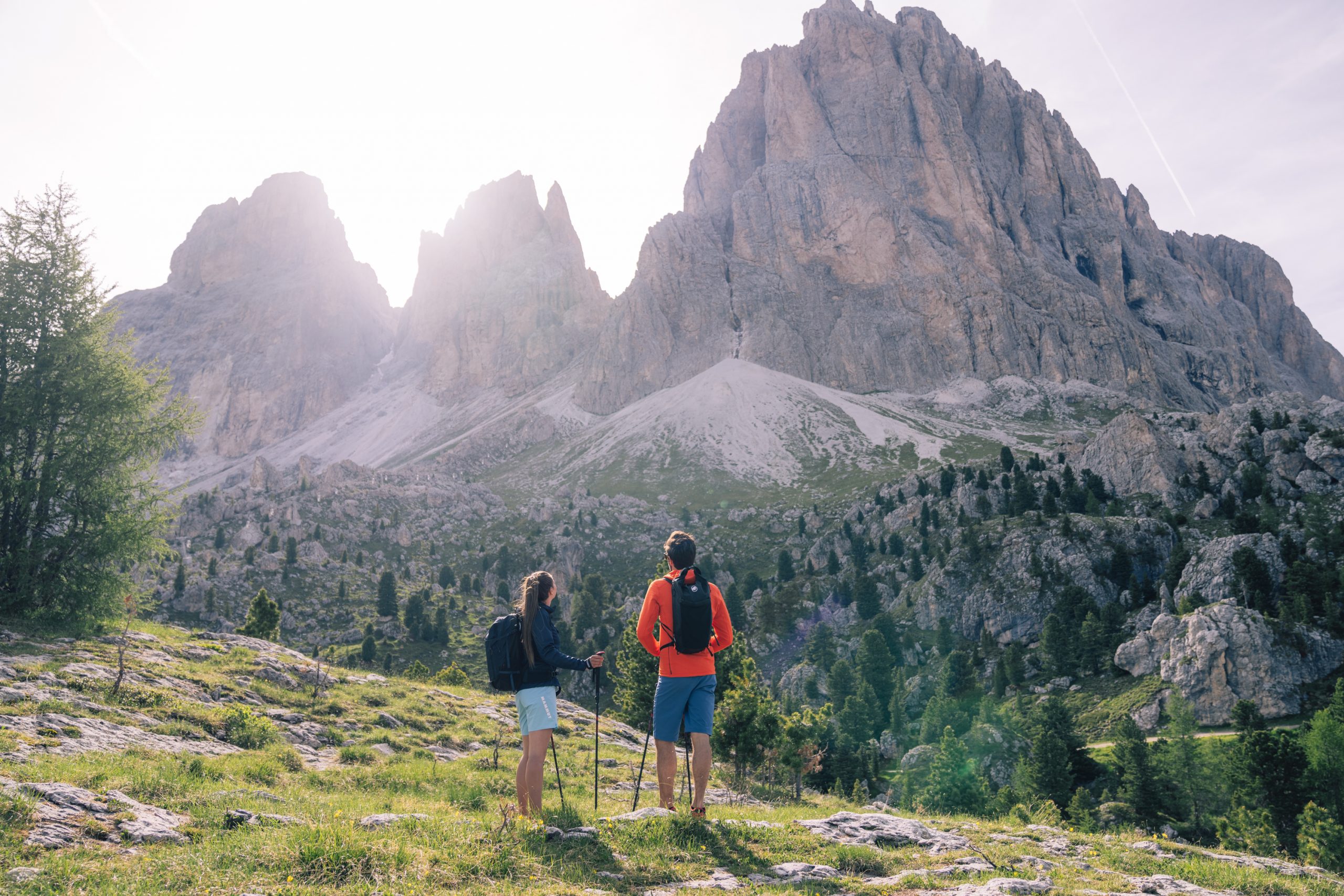For some years now in Italy we have been hearing a lot about walking routes.
Numerous historical and cultural routes with the most different origins are being discovered and developed throughout the country. From ancient religious roads to mule tracks, to old trade routes.
Among the reasons for the recent success of these ancient routes is certainly the renewed interest in trekking and other outdoor activities, to which is added the great symbolic value of these routes. They cross our territories like arteries, joining forests, mountains and villages, following in the footsteps of the pilgrims who followed and explored them centuries ago.
The value of a route lies precisely in the history it represents. In that of the places it crosses, of the peoples who created it, walked it and lived it.
There are many stories that these routes can tell. They are stories of peoples and traditions that have shaped our regions and that fascinate those who, today, still set out along these routes and retrace the steps of those who came before them, at the slow pace of walking, respecting the times and needs of nature.


They are many, conceived and constructed in different eras but with a common goal. To make goods circulates between towns and cities.
The Via Appia, dating back to Roman times, connected Rome to Apulia, crossed the heart of the Apennines and connected the two Italian coasts. This type of road, on which goods and people moved, allowed the emissaries of the Roman Empire to reach every corner of the ancient domain.
The Via del Sale (Salt Road), a route created in the footsteps of traders of this precious mineral, allowed men and mules to transport large loads from the Ligurian coast to lower Piedmont. It is a route that starts from the sea of Recco, follows the ridges of the Ligurian Apennines and then climbs northwards towards Piedmont, crossing passes and valleys. It is a route that is kept at low altitudes, avoiding the most exposed and risky points.
Another example is the Vie di Dante (Dante’s routes), which originated later during the Renaissance. These made trade between Emilia-Romagna and Tuscany possible, connecting the flourishing cities of Ravenna and Florence.
Among the oldest and best-known paths are undoubtedly the roads created for religious purposes.
The Santiago de Compostela route dates back to the 11th century. In those years, the remains of the Apostle St. James the Greater were discovered in Galicia; he began his work of evangelising Spain from this land centuries earlier. The Apostle was later beheaded in Palestine and his remains, according to the legend, were brought back to the Spanish coast by a ship led by angels to be buried in Galicia. And it was there, when the Saint’s tomb was found, that the town of Santiago de Compostela was born, at the centre of which the Cathedral dedicated to the Apostle was erected and became the pilgrims’ favourite destination.
From that moment on, and for the following centuries, the route to Santiago Cathedral became one of the most travelled in Europe.
Another fundamental path of faith for all pilgrims on the continent was certainly the one used to reach Rome from Canterbury, England.
We are talking about the Via Francigena (Route Francigena), a long path that retraces the journey that the cleric Sigeric, bishop of Canterbury’s Cathedral, made to reach and meet the Pope.
Sigeric reached the capital accompanied by a small retinue, travelling both on foot and on horseback. He crossed France from north to south, a section of Switzerland, and then entered Italy via the St. Bernard Pass, down through Valle d’Aosta, Piedmont, Lombardy, Liguria, Emilia-Romagna, Tuscany and finally Lazio, to Rome.


Not all routes are historical. Some were born in recent years with the aim of uniting and enhancing territories marked by ancient histories, centuries-old cultures, and local traditions to be preserved.
A route is a way of experiencing and narrating a place, a true narrative tool that unites corners of the territory into one great discourse.
An attraction for trekking, cycling, walking and outdoor travel enthusiasts, who love to discover new destinations at a slow pace, enjoying the nature and culture of the places crossed.
Routes such as the Cammino dei Briganti were born with these motivations. A ring between Lazio and Abruzzo that crosses the forests and retraces the paths once trodden by outlaws hiding in the thick of the trees.
The world of hiking routes is one of the best models for the growth and development of slow tourism; in fact, when an area is crossed by a route divided into stages, it is reborn and developed in a sustainable manner.
The places touched by these routes are preserved and protected.
Inland areas such as the Apennines, Alpine valleys and almost the entire territory of Italy hold territories rich in history, nature and culture that are waiting to be known and valued in a respectful manner.
Getting to know the routes in Italy will lead you to discover the lesser-known wonders of our country, such as the most fascinating villages and the most unspoilt corners of paradise.
Get yourself a pair of trekking poles and set out to discover Cammini d’Italia!
